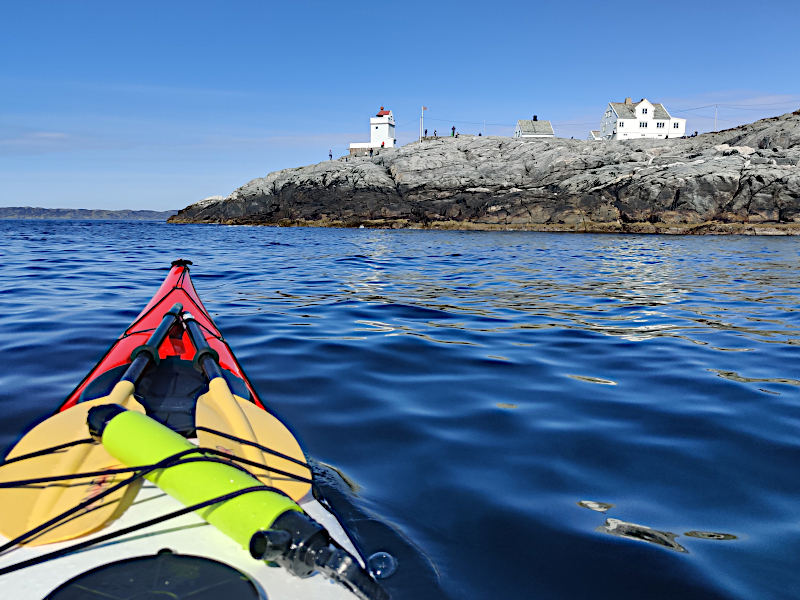I’m impressed. Really, I am. After getting tired of Windows 11, which didn’t take long to be honest, I finally got the push I needed to install Linux as my daily operating system. I first installed Ubuntu, since I have years of experience with it on the server side.
Well, that did not last. Ubuntu has introduced something called ‘Snaps’, which I did not make any effort to understand — except that it keeps crashing on my machine.
I also tested SUSE at some point, but I’m pretty sure I ditched it because I could not get the external monitors to work on it. To be fair, getting DisplayLink drivers is not as easy as it should be. This is due to the docking station I use, I guess.
Finally, I found Fedora with support for the mentioned DisplayLink. I still have to compile ‘evdi’ each time I get a kernel upgrade, but it’s a trouble I’m willing to go through for a decent setup.
What really sold me was when I installed the KDE desktop environment. I don’t understand why this is not default. It is way ahead of Gnome, which seems to be default on both Ubuntu and Fedora. Way, way ahead. It’s insane!
So, yes. Finally, after many painful years with Windows (my old desktop machine has Windows 8.1, which is still better than Windows 10), I finally have a desktop environment that works with me, and not against me. With the one exception on compiling DisplayLink drivers, but I can’t blame that on Fedora. It’s the people making DisplayLinks fault.






